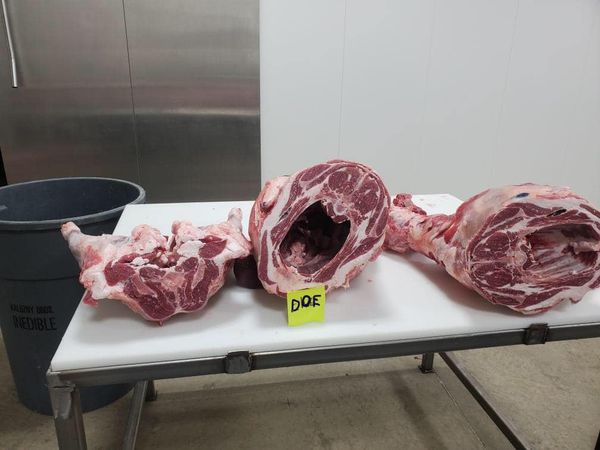What Are You Breeding For?
Single trait selection is not a new problem. In my travels, I often speak with producers not only about nutrition but also about their creative selection process. I find myself intrigued by what traits each farm values most highly. If a producer lives in a high rainfall area, it can be easy to focus almost entirely on worm resistance. When a producer has a limited number of goats, it is easy to focus on prolific nature. When I speak with boer producers, the most valuable trait is often muscling. With kiko breeders; worm resistance and mothering. With spanish breeders; survivability and worm resistance. Each breeder selects against the traits they cannot tolerate in their stock. Although selecting against traits is a solid approach, intentional selection must consider both the positive and the negative equally.


With market prices on the rise it can be very easy for a producer to focus on increasing the amount of meat on each goat. The boer goat industry has gotten singularly focused on muscling over all else. When marketed, boer goats often bring the highest prices of any breed due to meat quality and yield. Their hide and coloration lead buyers to pay more knowing that cutability and meat quality are often better with the breed. With the selection process focused on meat first, issues have arisen in the breed in the forms of hardiness, worm resistance, and maternal traits. This is by no means to imply that the boer goat breed is a superior or inferior breed. Rather, it is an opportunity for breeders of any breed or purpose to see the dangers of single trait selection. Boer Goats offer the highest rate of gain per head per day. Spanish goats are extraordinarily resilient, and have the capacity to birth kids much larger in relationship to adult size than most other breeds. The Kiko provide size, mass, and durability and can be a solid option for commercial breeders looking to improve their stock without compromising carcass size. None of these breeds by themselves are perfect.
As producers how often do you see the end product your livestock produce? This is a question every producer should start asking themselves as they work to improve their goats to hit the top of the market every time. Each breed has strengths and weaknesses. Each breed has a tendency to select for a handful of traits too heavily and simultaneously ignore valuable, marketable traits. The sweet spot for the industry is when breeders progressively work to extend the benefits of a breed to create an animal that is not only marketable but also requires lower inputs and offers improved productivity. The goat that we purchased is simply one example showing why breeders need to not only judge their animals with the hide on but also judge them on the rail. If we only select phenotypically or genotypically, we will often miss opportunities for true improvement. Are you maximizing your marketable product?
Author - Gregory Meiss